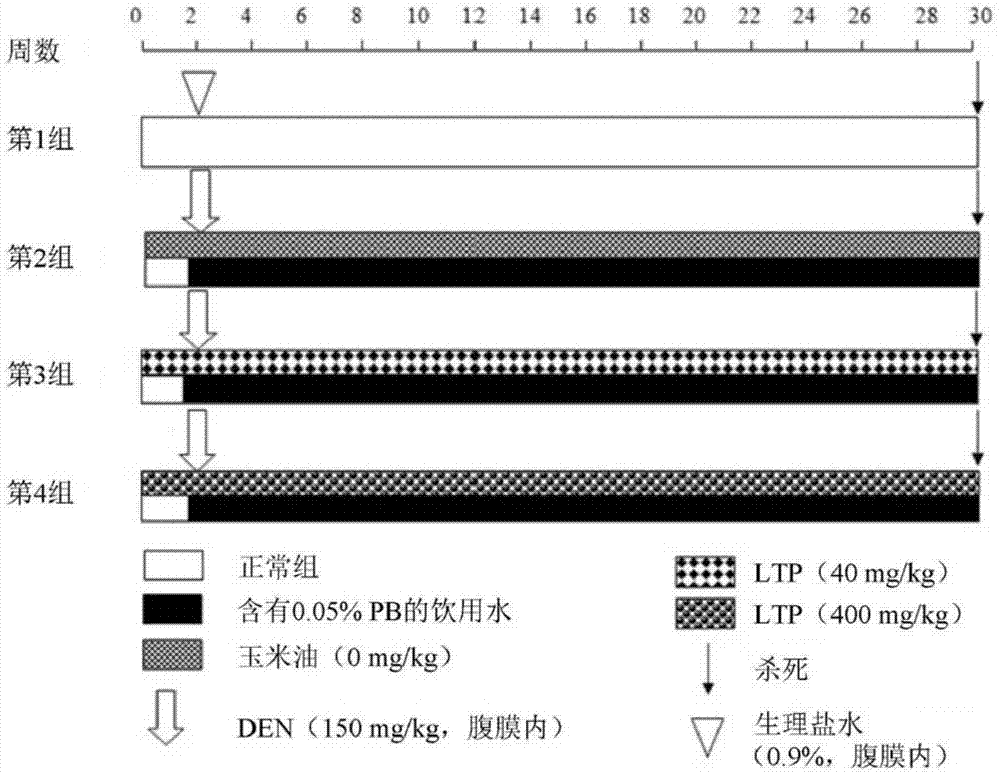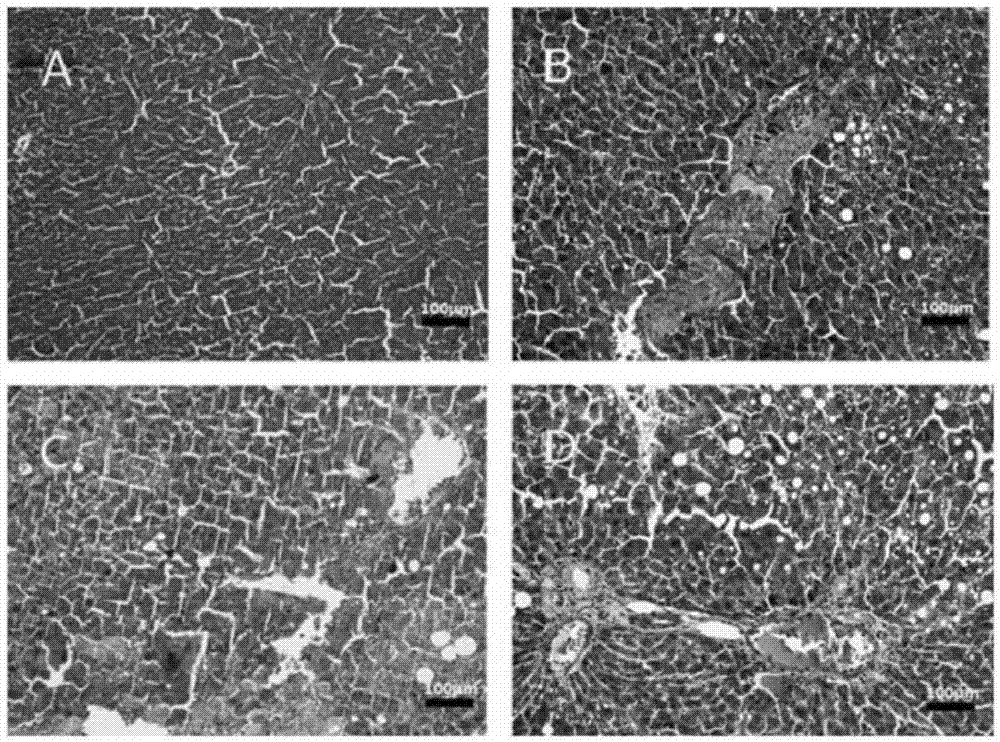Modified green tea polyphenols and methods thereof for treating liver disease
A technology for green tea polyphenols and liver disease, which is used in pharmaceutical formulations, antiviral agents, organic active ingredients, etc.
- Summary
- Abstract
- Description
- Claims
- Application Information
AI Technical Summary
Problems solved by technology
Method used
Image
Examples
example 1
[0168] Example 1. Fat-soluble tea polyphenols reduce precancerous liver lesions
[0169] Materials and methods
[0170] Strategy
[0171] Recently, interest in exploring chemoprevention as a method of cancer control has increased. Phytochemicals are receiving increasing attention in cancer management (Yang et al., Nat Rev Cancer, 2009, 9(6):429-439). A number of naturally occurring agents have been shown to exhibit cancer chemopreventive potential in various animal models and human diseases. Only recently has the chemopreventive effect of LTP against carcinogen-induced hepatomagenesis in vivo been investigated. To understand the role of LTP's chemopreventive activity, the present inventors employed a well-described HCC model to investigate the mechanism of action of anticancer agents by evaluating their anti-oxidative damage, anti-proliferative and anti-fibrotic effects.
[0172] Plant material and preparation.
[0173] The LTP suspension was purchased from Pulimeidi Ch...
example 2
[0215] Example 2. Antioxidative effect of lipophilic tea polyphenols
[0216] animals and diet
[0217] Pathogen-free male Sperger-Dolly rats initially weighing 140-155 g were obtained from the Experimental Animal Center of Zhejiang, China and maintained under the conventional animal facilities of the Experimental Animal Center of Zhejiang University. Animals were housed in automatically controlled conditions with a 12 hour light-dark cycle at 23°C-25°C and 50%-60% relative humidity. All rats were given standard rodent pellet chow and water ad libitum. The experimental protocol was approved by the Laboratory Animal Center and was strictly adhered to throughout the study period.
[0218] Liver carcinogenesis model
PUM
 Login to View More
Login to View More Abstract
Description
Claims
Application Information
 Login to View More
Login to View More - R&D
- Intellectual Property
- Life Sciences
- Materials
- Tech Scout
- Unparalleled Data Quality
- Higher Quality Content
- 60% Fewer Hallucinations
Browse by: Latest US Patents, China's latest patents, Technical Efficacy Thesaurus, Application Domain, Technology Topic, Popular Technical Reports.
© 2025 PatSnap. All rights reserved.Legal|Privacy policy|Modern Slavery Act Transparency Statement|Sitemap|About US| Contact US: help@patsnap.com



